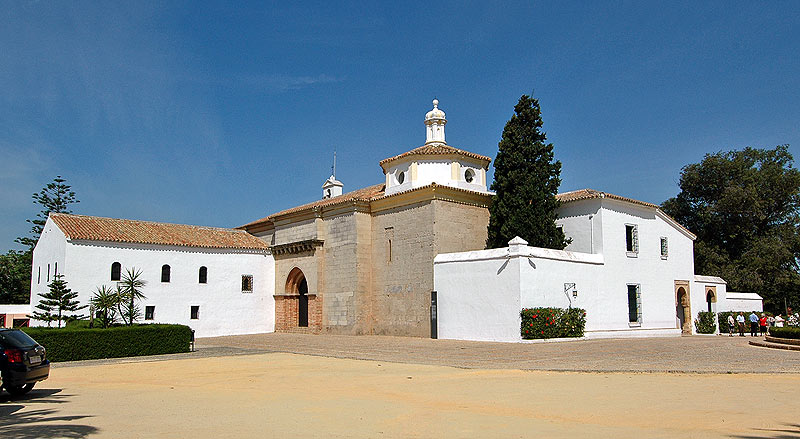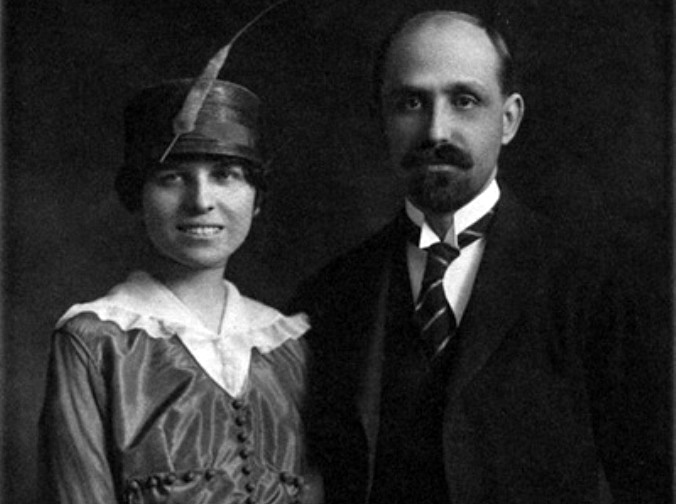Friday, 16 September
The Monastery Santa María de La Rábida was erected in 1412 on the site of a Moorish stronghold. ‘Rábida’ is the Arabic word for ‘fortress’. Its Moorish influence can still be seen in its Mudejar architecture.
Christopher Columbus stayed at La Rábida between 1491 and 1492, waiting for the financial support of the Catholic monarchs, Ferdinand and Isabella.
Between the walls of this primitive monastery, Captain Martín Alonso Pinzón, a mariner from Palos de la Frontera, who sailed with Columbus in one of his ships, is buried. In the chapel, you can also find the image of Nuestra Señora de los Milagros (Our Lady of Miracles) in front of which Columbus prayed before starting his personal crusade.
Worth seeing are the murals in one of the monastery rooms, that depict Columbus’s life, painted by the renowned local artist Daniel Vázquez Díaz in the 1930s.
House Museum of the Nobel Prize for Literature Juan Ramón Jiménez. Part of Jiménez’s papers, personal belongings and library are held in this 18th-century building, refurbished by the poet’s family in 1885.
In 1958, soon after the poet’s death, the House Museum was opened to the public, though its history began some years earlier, in 1948, when some locals decided to create a public library to honour the poet in exile.
Both Juan Ramón himself and Zenobia, his wife, were enthusiastic about the House Museum project, and when he was awarded the Nobel Prize, he sent half the prize to the Moguer museum.


